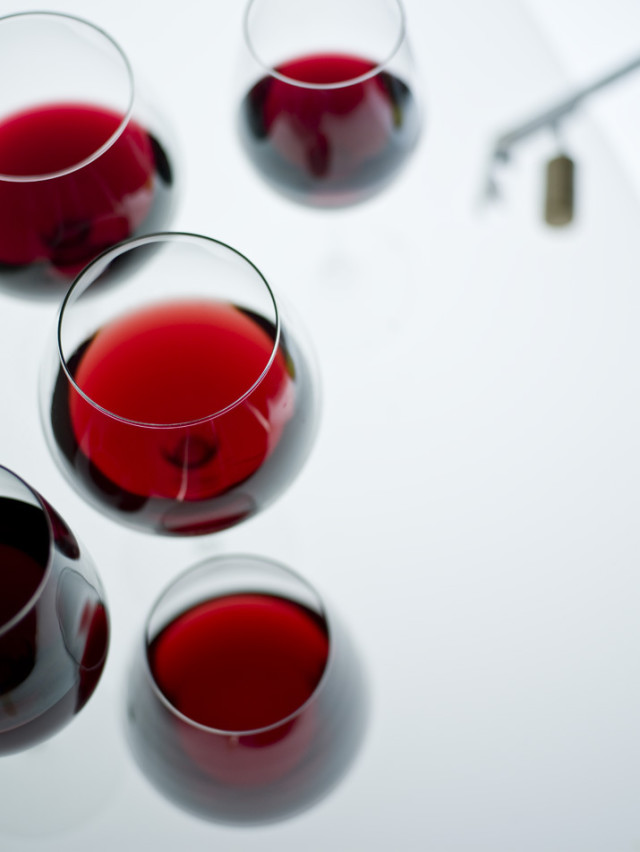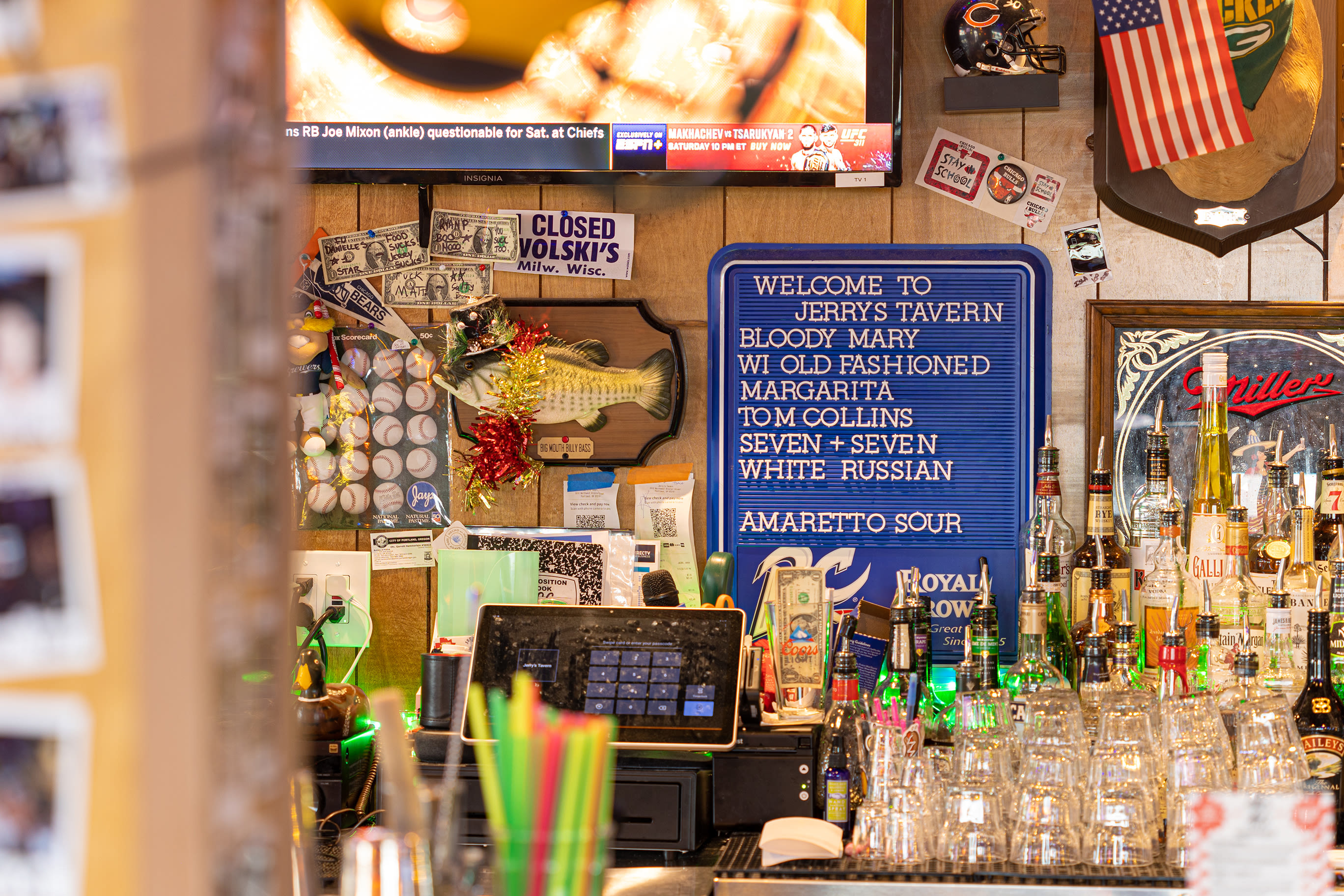Vine Decision

AS IF THE WINE-AISLE DILEMMA of white, red, merlot, pinot, syrah, or cabernet weren’t overwhelming enough, wine lovers are now faced with a new challenge: deciphering organic labels. There’s USDA organic wine and wine made with organically grown grapes, which are similar but not the same. Then there’s LIVE-certified (Low Input Viticulture & Enology) wine, and something called biodynamic wine, which, surprisingly, is completely different than wine made with biodynamically grown grapes. And despite this imposing thicket of distinct certifications, all of these wines can be placed under the umbrella of Oregon certified sustainable wine. (Deep breath now.)
Here’s a hint for conquering this conundrum: forget the details. The real story of these tags, my nectar-sipping friends, is one of transparency. Only vineyards that have subjected themselves to the annual audits and fees of scrupulous inspectors are entitled to the marketing panache of the “organic,” “sustainable,” or “biodynamic” label. During the inspection process, any kind of commercial chemical residue disqualifies the vineyard. Odds are that any farmer whose every action is subject to review will be more careful than one whose actions aren’t—and typically, careful farmers grow better fruit. The one label to avoid is that of USDA organic wine, which forbids the use of sulfur dioxide in processing the grapes, thereby forcing winemakers to substitute harsh filtration techniques that can strip rich textures from otherwise fine wines.
In the Willamette Valley, Brick House and Evesham Wood are wonderful sources of certified biodynamically and organically grown grapes. In both cases, the end results are wines of purity and transparency, made by custodians of our planet who not only talk the talk, but walk the walk.




